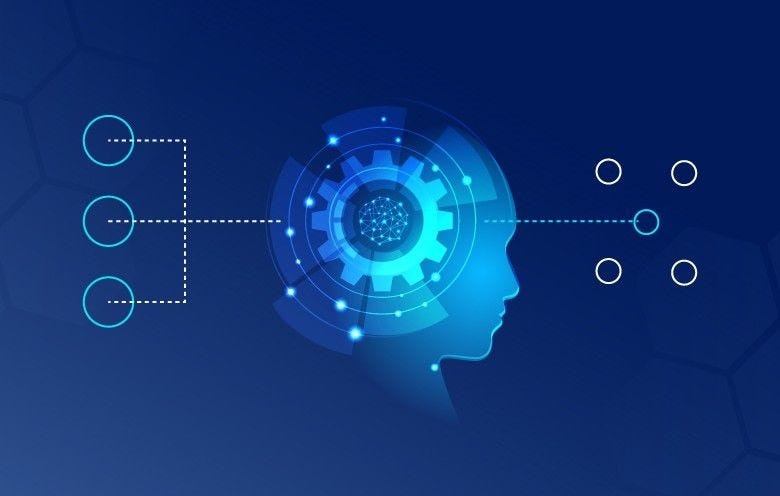As artificial intelligence (AI) continues to permeate various aspects of our lives, the need for transparency and interpretability in AI models becomes increasingly critical. While black-box models, such as deep neural networks, offer impressive performance across a range of tasks, their opaque nature poses challenges in understanding the reasoning behind their decisions. Explainable AI (XAI) aims to address this issue by providing insights into the inner workings of AI models, fostering trust, understanding, and accountability.
Understanding Black-Box Models
Black-box models, such as deep learning neural networks, operate by learning complex patterns and relationships from vast amounts of data. While these models excel at tasks like image recognition, natural language processing, and predictive analytics, they lack transparency in how they arrive at their predictions. This opacity raises concerns about bias, fairness, and robustness, as stakeholders struggle to comprehend why a particular decision was made.
The Importance of Interpretability
Interpretability is essential for ensuring the accountability and trustworthiness of AI systems, particularly in high-stakes applications like healthcare, finance, and criminal justice. Stakeholders, including regulators, policymakers, and end-users, need to understand the factors influencing AI decisions to mitigate risks and ensure fairness. Moreover, interpretability enables domain experts to validate AI predictions, identify potential biases, and diagnose model failures effectively.
Techniques for Explainable AI
Several techniques have been developed to enhance the interpretability of AI models, ranging from post-hoc methods to inherently interpretable models. Post-hoc methods involve analyzing the output of black-box models to provide explanations, such as feature importance scores, attention mechanisms, and saliency maps. On the other hand, inherently interpretable models, such as decision trees and linear regression, offer transparency by design, albeit at the expense of some predictive performance.
Advancements in Explainable AI Research
In recent years, significant advancements have been made in the field of Explainable AI, driven by interdisciplinary research efforts spanning machine learning, cognitive science, and human-computer interaction. Researchers have developed novel algorithms and frameworks that balance the trade-off between model complexity and interpretability, enabling stakeholders to glean meaningful insights from AI systems without sacrificing performance.
Applications of Explainable AI
Explainable AI finds applications across various domains, including healthcare, finance, autonomous vehicles, and criminal justice. In healthcare, XAI facilitates the interpretation of medical diagnoses and treatment recommendations, empowering clinicians to make informed decisions. In finance, XAI helps detect fraudulent transactions, assess credit risks, and explain investment strategies to clients. Moreover, in autonomous vehicles, XAI enhances safety and trust by providing explanations for driving decisions.
Challenges and Future Directions
Despite its promise, Explainable AI faces several challenges, including scalability, robustness, and the trade-off between interpretability and performance. Additionally, cultural and organizational barriers may hinder the adoption of XAI techniques in practice. Addressing these challenges requires interdisciplinary collaboration, standardized evaluation metrics, and regulatory frameworks that promote transparency and accountability.
Conclusion
In conclusion, Explainable AI plays a crucial role in bridging the gap between black-box models and interpretability, fostering trust, accountability, and transparency in AI systems. By providing insights into the decision-making processes of AI models, XAI enables stakeholders to understand, validate, and mitigate the risks associated with AI deployments. As research in this field continues to evolve, the future of Explainable AI holds promise for enhancing the interpretability of AI systems across diverse applications and domains.
